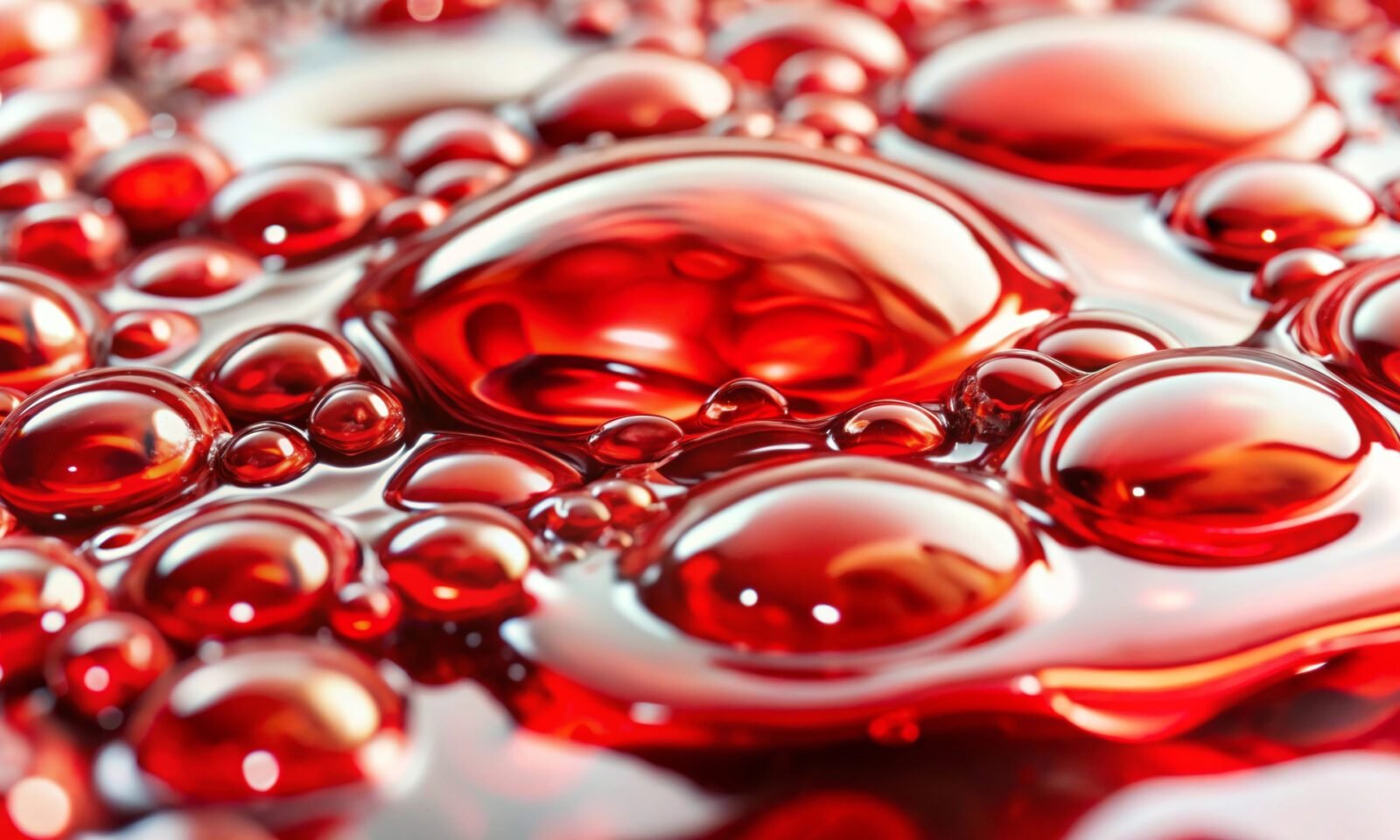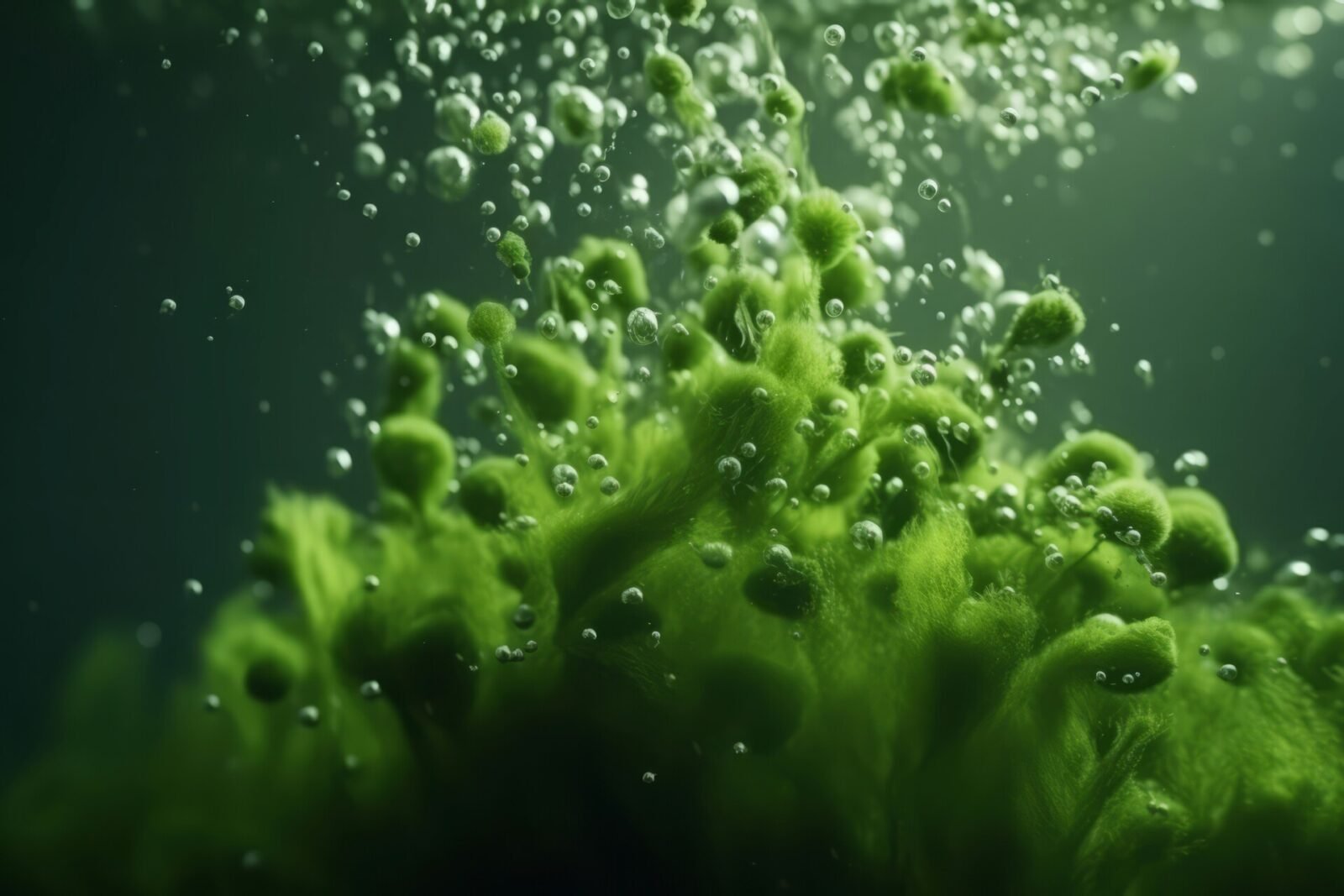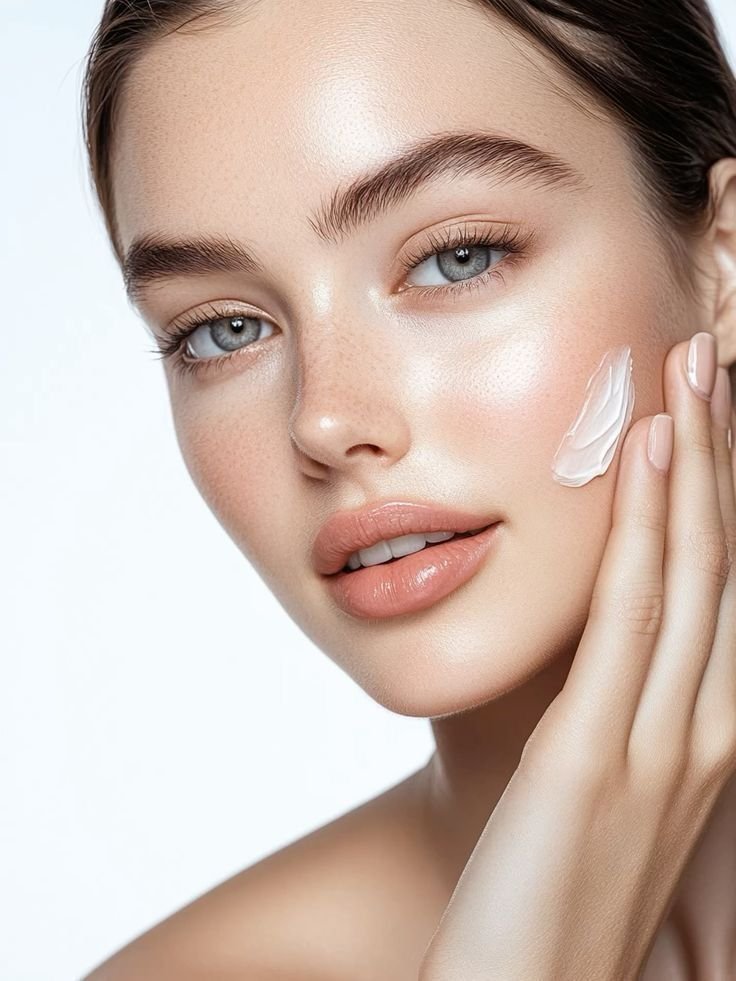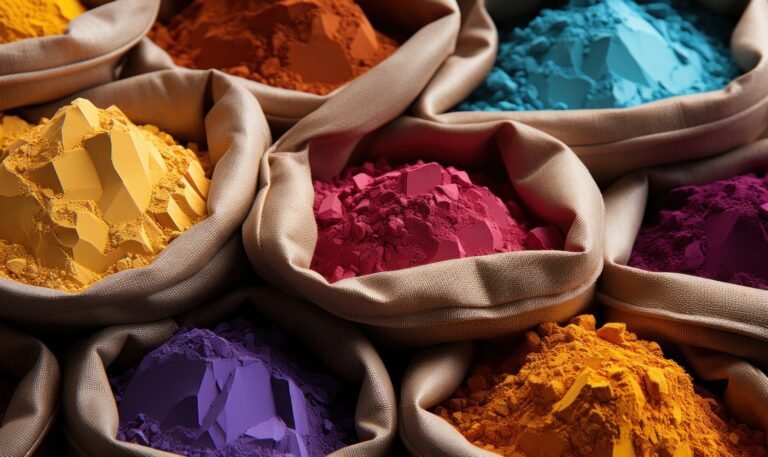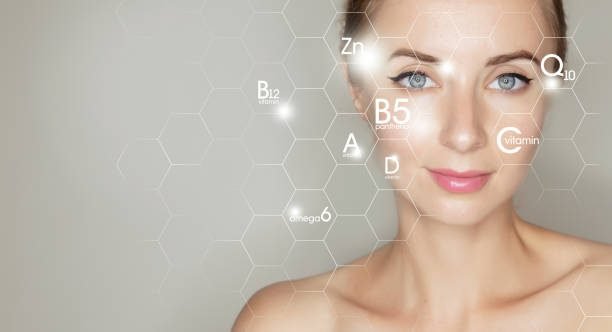As the global cosmetic industry advances, innovation in active ingredients is accelerating faster than ever. Modern skincare is increasingly shaped by biotechnology, sustainability, and measurable performance. Whether a product targets anti-aging, brightening, or barrier repair, the choice of actives now defines not only efficacy but also brand identity.
In 2025, formulators are prioritizing multifunctional, biotech-driven ingredients that merge safety, transparency, and results. The focus has shifted from merely adding actives to strategically designing synergistic systems—where delivery, stability, and sensory profile all align with the clean-science movement.
Below are the ten leading cosmetic actives setting the tone for high-performance formulations in 2025, particularly across the U.S. and global premium skincare markets.
1. Plant-Derived Exosomes
Exosomes are nanosized vesicles responsible for intercellular communication. When derived from plant cell cultures, they deliver signaling molecules such as lipids, peptides, and microRNAs that stimulate regeneration and enhance barrier resilience. Because they are biocompatible and free from ethical concerns associated with human or animal sources, they represent a revolutionary advancement in cosmetic delivery systems.
Moreover, plant-derived exosomes improve the bioavailability of other actives while protecting sensitive compounds from oxidation and degradation. As a result, they strengthen barrier function, soothe redness, and enhance post-procedure recovery.
Functions: Regeneration, barrier repair, calming inflammation
Applications: Post-procedure serums, anti-aging creams, sensitive-skin recovery formulas
2. Phyto PDRN (Polydeoxyribonucleotide)
Once known primarily for injectable therapies, PDRN has been reborn as a plant-sourced, topical ingredient through modern biotechnology. Phyto PDRN promotes cell renewal and supports DNA repair mechanisms, helping restore elasticity and structure in stressed or mature skin.
Additionally, this novel version avoids marine sourcing and offers excellent purity, making it suitable for clean formulations. Its synergy with peptides and ceramides enhances visible firmness and improves barrier resilience, leading to smoother, healthier skin over time.
Functions: Cellular repair, firmness, elasticity improvement
Applications: Barrier-repair serums, soothing ampoules, firming skincare
3. Encapsulated Postbiotics
The microbiome remains a central focus of cosmetic innovation. Postbiotics—the beneficial metabolites produced by probiotics—deliver targeted skin benefits without the fragility of live bacteria. When encapsulated in lipid or polymeric systems, they penetrate deeper, resist oxidation, and ensure prolonged activity.
Furthermore, encapsulated postbiotics can help restore microbiome balance, reduce inflammation, and improve tolerance after exfoliation or clinical treatments. This technology aligns with the growing demand for gentle yet high-performance actives that support both short-term comfort and long-term resilience.
Functions: Microbiome balance, anti-inflammatory defense, barrier reinforcement
Applications: Calming creams, microbiome-repair serums, post-acne and post-procedure care
4. Niacinamide (Vitamin B3)
Year after year, niacinamide remains one of the most scientifically supported cosmetic actives. Its versatility, stability, and cost-effectiveness make it indispensable across nearly all product categories. It brightens skin, refines pores, and reduces irritation while supporting lipid synthesis in the epidermis.
Moreover, niacinamide enhances the efficacy of companion ingredients such as N-acetylglucosamine, peptides, and hyaluronic acid, leading to visibly stronger, smoother skin. Because of its gentle nature, it serves as an anchor active in both dermocosmetic and luxury formulations.
Functions: Brightening, anti-inflammatory action, sebum regulation
Applications: Daily moisturizers, oil-control serums, barrier-repair creams
5. Bakuchiol
Bakuchiol, a phyto-retinol derived from Psoralea corylifolia, has become a hero ingredient for modern clean beauty brands. It mimics retinol’s ability to stimulate collagen and reduce fine lines but without irritation or photosensitivity.
Furthermore, bakuchiol provides antioxidant protection that enhances the stability of other actives, making it ideal for day and night care. It is compatible with sensitive and acne-prone skin types and works synergistically with peptides and ceramides for a holistic anti-aging effect.
Functions: Collagen stimulation, antioxidant protection, fine-line reduction
Applications: Night serums, clean-beauty anti-aging formulas, pregnancy-safe care
6. Mandelic Acid
Mandelic acid is an alpha hydroxy acid celebrated for its gentle yet effective exfoliation. Its larger molecular size allows for slower skin penetration, reducing irritation while promoting clarity and renewal. Consequently, it has become a preferred choice for both professional treatments and home exfoliants.
In addition, mandelic acid has antibacterial properties that help regulate acne and reduce pigmentation. When combined with hydrating actives, it delivers resurfacing benefits without compromising barrier integrity.
Functions: Mild exfoliation, acne control, brightening
Applications: Toners, resurfacing serums, overnight peel pads
7. Peptides (Copper Tripeptide-1, Acetyl Hexapeptide-8, etc.)
Peptides are small amino acid chains that communicate directly with skin cells to trigger regeneration and repair. Advances in peptide design and encapsulation have greatly improved their stability and delivery, allowing them to act more precisely on collagen and elastin synthesis.
Moreover, combining peptides with antioxidants or growth factor mimetics enhances their anti-aging potential. This synergy results in visibly firmer, more elastic, and better-toned skin.
Functions: Firming, repair, wrinkle reduction
Applications: Lifting creams, eye contour treatments, advanced anti-aging serums
8. Hyaluronic Acid (Multi-Molecular Weight Systems)
Hydration remains the foundation of every skincare routine. Yet, in 2025, the focus has shifted toward multi-molecular hyaluronic acid complexes. By blending low-, medium-, and high-weight molecules, these systems deliver moisture at multiple levels: surface hydration, mid-layer cushioning, and deep-tissue elasticity.
Additionally, pairing hyaluronic acid with humectants like betaine and panthenol amplifies water retention. As a result, skin feels both instantly plump and long-term hydrated.
Functions: Hydration, elasticity, smoothing
Applications: Moisturizing serums, hydrating gels, sheet masks
9. Algae Extracts (Kelp, Spirulina, and Microalgae)
Marine actives are experiencing renewed attention due to their bioactive diversity and sustainable sourcing potential. Extracts from kelp, spirulina, and red microalgae deliver antioxidants, amino acids, and polysaccharides that defend the skin from pollution and blue-light damage.
In addition, microalgae are rich in carotenoids and essential fatty acids that help repair the barrier and improve hydration. They fit clean-beauty criteria, are biodegradable, and often double as natural colorants—making them a favorite for eco-conscious formulation.
Functions: Antioxidant protection, hydration, environmental defense
Applications: After-sun gels, urban-defense creams, anti-pollution moisturizers
10. Vitamin C Derivatives (SAP, MAP, THD Ascorbate)
Vitamin C remains the gold standard for brightness and antioxidant protection. However, stabilized derivatives like sodium ascorbyl phosphate (SAP), magnesium ascorbyl phosphate (MAP), and tetrahexyldecyl ascorbate (THD) have revolutionized its usability. These derivatives resist oxidation, penetrate more evenly, and reduce irritation.
Furthermore, when combined with ferulic acid or vitamin E, they deliver amplified photoprotection and collagen synthesis. This synergy has made stabilized vitamin C a cornerstone of modern brightening and anti-aging routines.
Functions: Brightening, antioxidant, collagen support
Applications: Glow serums, day creams, eye-brightening formulas
The Future of Cosmetic Actives
Looking ahead, the cosmetic industry is clearly moving toward biotech-enhanced, multifunctional ingredients that combine efficacy with environmental responsibility. Advanced delivery systems such as nanoemulsions, liposomes, and exosomes are redefining how actives interact with skin.
In addition, the integration of AI-driven formulation design allows chemists to predict synergistic ingredient pairings for optimized results. As formulations evolve, success will depend on how effectively brands combine science, sensory experience, and sustainability.
Moreover, the boundaries between topical, ingestible, and medical-grade actives are dissolving. Nutricosmetics enriched with carotenoids or collagen peptides increasingly complement topical formulas to support holistic wellness. This convergence reflects a broader consumer shift toward health-based beauty rather than surface correction.
Grand Ingredients Perspective
At Grand Ingredients, we work with formulators, chemists, and brand developers who seek performance with integrity. Our portfolio includes plant exosomes, phyto PDRN, encapsulated postbiotics, peptides, and microalgae pigments, all designed to meet the highest cosmetic and nutraceutical standards.
Furthermore, we prioritize traceability, technical documentation, and formulation support, ensuring that innovation translates into safe, market-ready success. Whether your focus is clean beauty, dermocosmetics, or wellness-driven skincare, we help you bridge science and story.
The future of beauty belongs to actives that perform, protect, and respect. By blending biotechnology, sustainability, and sensory design, today’s leading formulations are transforming how consumers define results.


